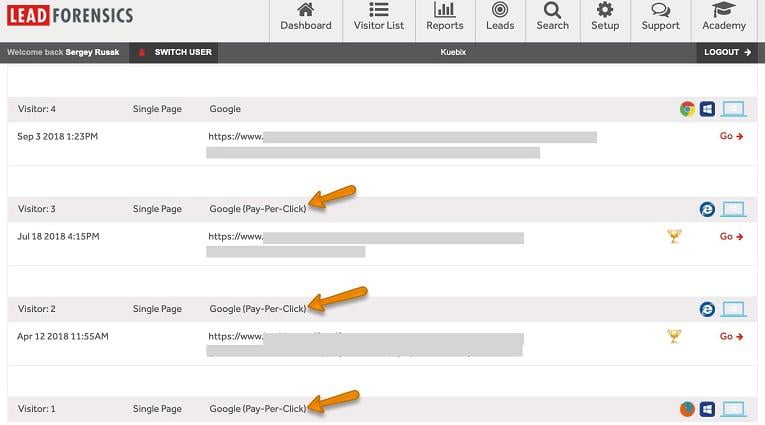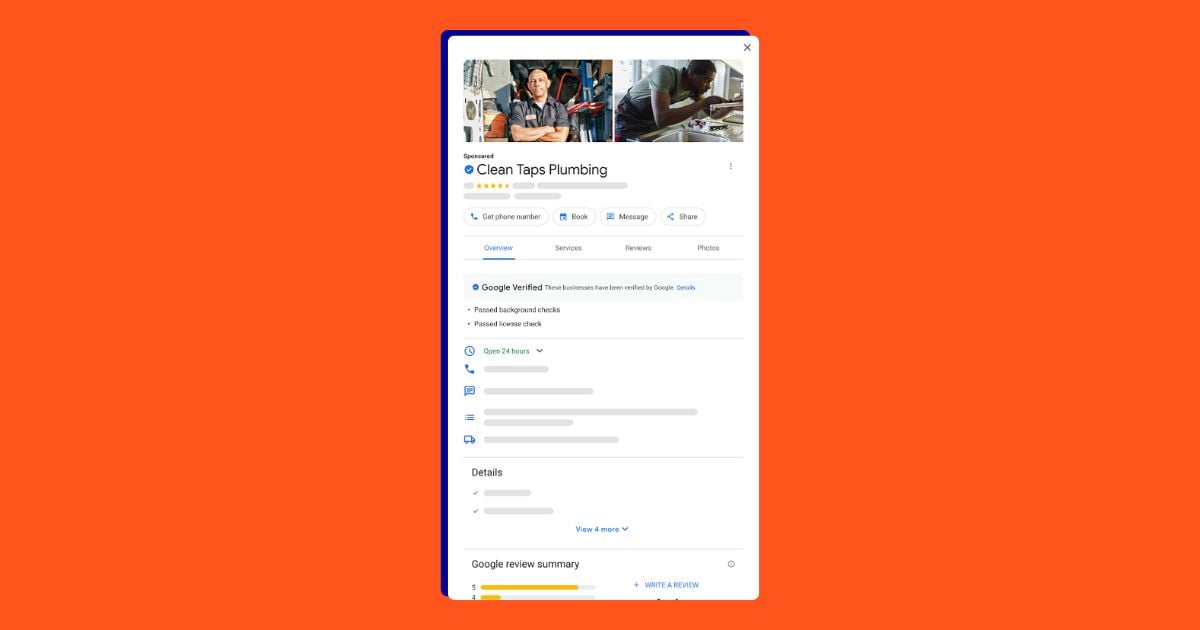Over the last few years, account-based marketing (ABM) has become a big buzzword in the digital marketing industry. A lot of B2B and SaaS companies—especially those going after the large and enterprise-level accounts—invest heavily in ABM platforms that allow them to target potential prospects with custom messages and content through various marketing channels.

However, some marketers don’t consider making Google advertising a part of their ABM mix. How so? With account-based marketing, advertisers want to serve unique ads and messages to specific companies or decision-makers. With Google Ads, you can’t control who searches and clicks the links or follows the banners. Even with Google’s various audience-based and geographic targeting options, it is still impossible to narrow down the targeting to very specific Google users. Therefore, ad networks such as LinkedIn, Facebook, programmatic networks, or demand-side platforms (DSPs) look more appealing for ABM strategy because they can target and deliver ads to specific people or by industry, company, and job title.
The truth is, not including Google Ads in your account-based marketing strategy is a huge missed opportunity.
Account-based marketing is a complex marketing operation that requires you to choose the target accounts, use predictive analytics, select paid advertising platforms, serve highly customized ads linked to personalized content, and track the activities in the lead/sale funnels. Buying an ABM platform or building an ABM strategy in-house is a big investment. Without web traffic, your ABM strategy is like a luxury car with no gas. That’s where Google Ads come in. Google advertising—with its options including search, display, video, and remarketing ads—can be the top source to drive traffic to your site and get your ABM process brewing.
Fueling an ABM strategy with Google search
When you’re going after large organizations and specifically trying to influence the decision-makers and end-users for your products and services, it can be really tricky, since there are often hundreds and even thousands of people with similar job titles in each company. Many of those people will end up on your site after performing a Google search. A click and visit to your site from a Google search ad can reveal a lot of information about the visitor, including what they originally searched for. Based on this intelligence, ABM platforms can move the account down the funnel, adjust the future strategy, and signal sales and marketing teams to make appropriate actions.

How using Google search traffic for ABM helps move the needle
As mentioned, web traffic is the fuel that keeps your account-based marketing engine running. Most ABM platforms have the ability to track commercial IPs and give information about what companies come to your site and how they interact with your content. For those who can’t afford the pricey ABM platforms and build one in-house, there are standalone reverse-IP tracking tools like LeadForensics and LeadLander. Once a company on your target list clicks a Google search ad, you can see the query, pages visited, content interactions, conversions, and the location of the office/branch. As a marketer, you can then move to the next step of lead nurturing. This also generates sales enablement for successful closure.

LeadForensics is tracking the source of each visitor that comes from the same organization.
Here are a few examples of how different PPC campaign options can generate various click types for your ABM strategy:
- The click came from a general keyword: When someone from a company you’re targeting comes to your site after searching for a general keyword, for instance “PPC management software,” it means that they are “in-market”; they are researching the product and perhaps looking at different vendors. Your ABM strategy can help to influence those accounts, educate them more about your offerings, and craft the strategy to move them down the funnel.
- The search query contains giveaway words like companies, best, affordable, what is, scam, advise, or review: Based on the giveaway words in the query, your ABM campaign can be adjusted to address those questions or concerns. The sales team can follow up and build the talk-track for closure.
- The click came from your branded or competitor terms: Branded terms in the query mean that the potential customer is in the buying cycle and researching different vendors. You can act accordingly to keep momentum if your brand name was searched or, if it wasn’t your company’s name, build the strategy to win over the competitor.
3 more ways to use Google Ads with your ABM strategy
Google search is a powerful tool for your ABM strategy, but it’s not the only way use your PPC advertising to boost your account-based marketing strategy. Here are three more ways to use Google Ads in your ABM strategy.
1. Adjust your Google Display & YouTube ads with an ABM
Just like Google Search, banner and video ads can generate traffic that comes from the companies on your ABM list. I highly recommend vertical banner campaigns that help to narrow down the ad appearance in front of professionals who work in a specific industry.
2. Remarket on Google for ABM
Remarketing is Google’s best offering that can stay in line with account-based marketing in general. People who already visited a site are being served with personalized ads and can then interact with specific content you’re choosing.

In order for Google to serve your remarketing ads, the remarketing list must have at least 100 people who visited your site within a 30-day period. It can be enough to target each company on your ABM list individually if you are going after the largest enterprise-level accounts.
3. Discover new targets for account-based marketing with Google Ads
The ABM software and reverse IP-tracking tools have the ability to “unmask” the companies that are visiting your site. By using those tools, you can find a lot of organization that came from Google Ads but not on your ABM account list.
For example, if you are trying to sell to the food and beverage industry, you might set up an ABM campaign choosing the biggest names like Kroger or Trader Joes. But along the way, while researching who clicked your Google ads, you might discover a massive company that invests zero in branding and runs small convenience stores all across the country.

ABM and PPC are both better together
Lastly, ABM platforms can help to optimize your Google campaigns, as well. Instead of looking on conversions or Google Analytics, your account-based marketing can reveal what is really working to engage, educate, influence, and sell. Perhaps you want to pause a campaign that hasn’t created a single conversion? Before you do that, check with your ABM software first—if that PPC campaign was the first touch point of your biggest deal, you might want to reconsider.







